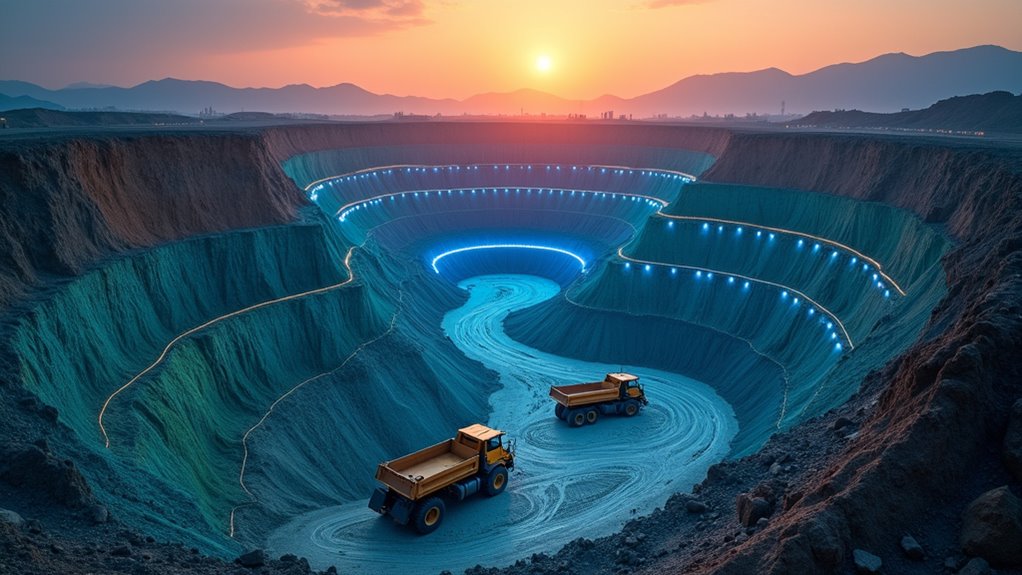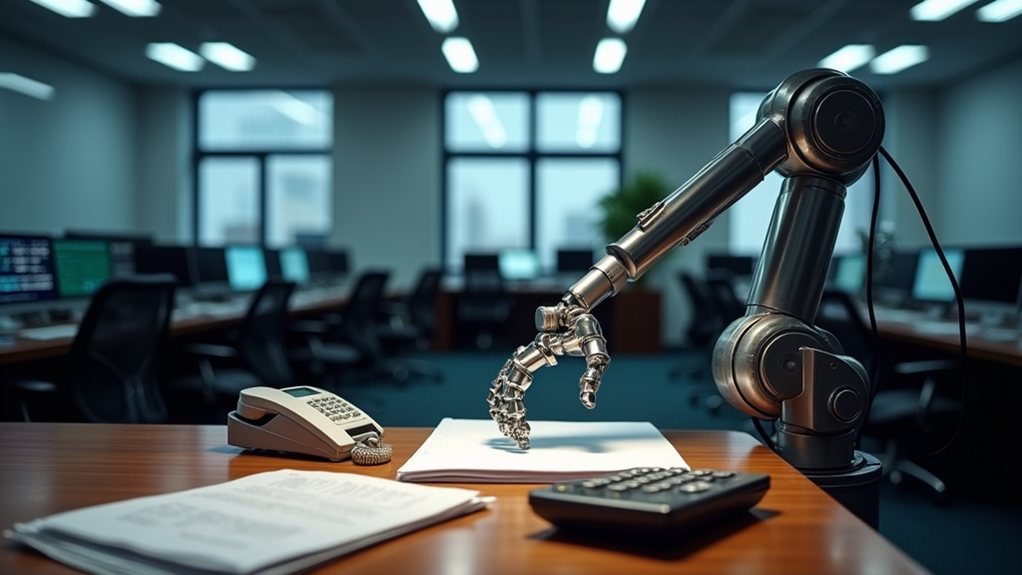Artificial intelligence isn’t just beating you at chess—it’s quietly taking on carbon emissions, too. Think smart algorithms that tell power grids when to chill (literally), factories how much energy to save, and tractors exactly how much to water your kombucha’s future ingredients. AI schedules delivery trucks, hunts down methane leaks, and tweaks office HVAC systems with the precision of a caffeinated barista. Emissions? Down. Efficiency? Up. Want the full scoop on how bits and bytes are cleaning up the planet? Stick around.
While artificial intelligence (AI) might conjure up images of sentient robots plotting world domination—or at least stealing your job—it’s actually got a much bigger role to play in the fight against carbon emissions. Instead of prepping for Skynet, think of AI as the world’s nerdiest climate superhero: crunching numbers, optimizing power grids, and quietly saving us from ourselves while we binge-watch another season of dystopian fiction. Governments are increasingly recognizing the need for active state involvement to ensure AI’s climate-saving superpowers are equitably deployed.
Let’s start with the grid. Power demand goes up and down faster than a caffeinated squirrel, but AI’s predictive algorithms can forecast these spikes, helping utilities generate just enough energy. That means less waste—yes, even from those stubborn fossil fuel plants, which AI can tweak for maximum efficiency. Data centers are projected to double their global energy consumption by 2030, but the emission cuts achieved through AI applications are expected to more than offset this increase.
Meanwhile, integrating renewables, with their moody wind and solar swings, becomes less chaotic. Smart algorithms smooth out the bumps, balancing intermittent supplies, and keeping the lights on.
AI keeps the lights on by taming unpredictable wind and solar power, balancing the chaos with smart, steady algorithms.
—
AI doesn’t stop at the power plant gate. In manufacturing, it’s the ultimate process optimizer—think less evil robot overlord, more industrial efficiency coach. By adjusting fuel mixes in places like cement factories and detecting leaks (we’re looking at you, methane), AI slashes emissions right at the source.
It also schedules energy-intensive operations at the most efficient times, dodging grid stress and high carbon footprints. AI optimization algorithms could deliver impressive energy savings of 10-40% through smart analysis of industrial processes.
—
*Transportation, the land of traffic jams and idling engines, gets a digital tune-up.* AI-driven route optimization trims delivery miles, while smarter vehicle scheduling means fewer empty vans circling the block.
Electric vehicles get a boost too, as AI accelerates battery tech and makes EVs more affordable. And if you’ve ever dreamed of AI-powered traffic lights that don’t leave you stuck in an existential crisis at 2 a.m.—well, that’s on the table.
—
Let’s not forget food and buildings. AI helps farmers water, fertilize, and manage livestock with precision, reducing methane and waste.
In cities, smart HVACs and lighting, energy monitoring, and predictive maintenance mean offices and homes waste less energy.
—
*Bottom line:* AI could cut global emissions by up to 5.4 billion tonnes annually by 2035—significantly outweighing its own carbon footprint. Not world domination, but world preservation.









